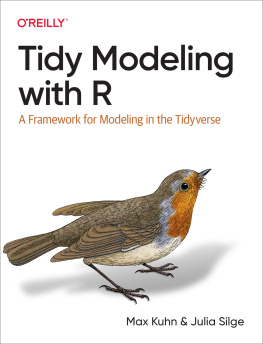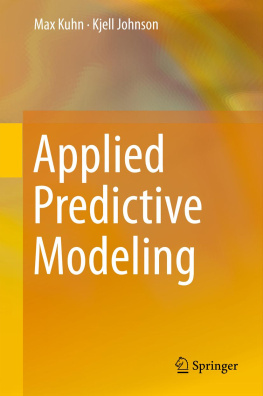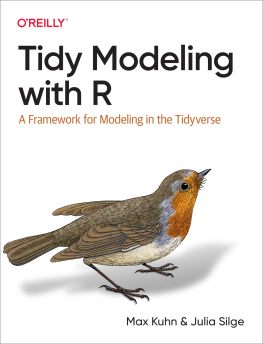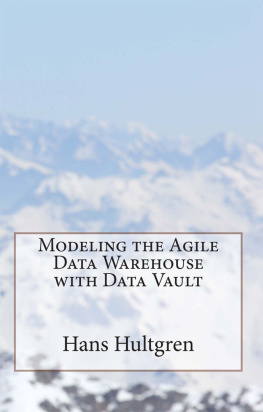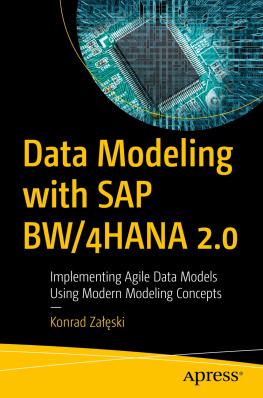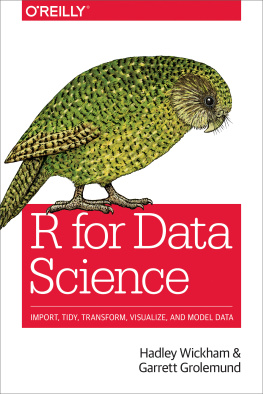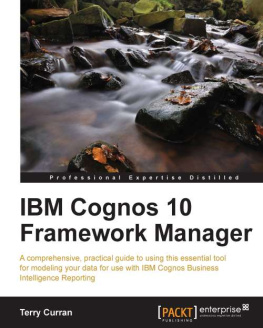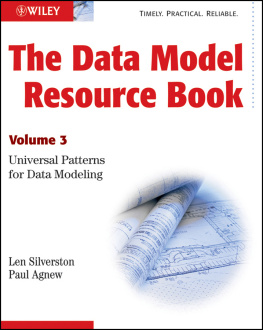Max Kuhn - Tidy Modeling with R: A Framework for Modeling in the Tidyverse
Here you can read online Max Kuhn - Tidy Modeling with R: A Framework for Modeling in the Tidyverse full text of the book (entire story) in english for free. Download pdf and epub, get meaning, cover and reviews about this ebook. year: 2022, publisher: OReilly Media, genre: Children. Description of the work, (preface) as well as reviews are available. Best literature library LitArk.com created for fans of good reading and offers a wide selection of genres:
Romance novel
Science fiction
Adventure
Detective
Science
History
Home and family
Prose
Art
Politics
Computer
Non-fiction
Religion
Business
Children
Humor
Choose a favorite category and find really read worthwhile books. Enjoy immersion in the world of imagination, feel the emotions of the characters or learn something new for yourself, make an fascinating discovery.
- Book:Tidy Modeling with R: A Framework for Modeling in the Tidyverse
- Author:
- Publisher:OReilly Media
- Genre:
- Year:2022
- Rating:4 / 5
- Favourites:Add to favourites
- Your mark:
Tidy Modeling with R: A Framework for Modeling in the Tidyverse: summary, description and annotation
We offer to read an annotation, description, summary or preface (depends on what the author of the book "Tidy Modeling with R: A Framework for Modeling in the Tidyverse" wrote himself). If you haven't found the necessary information about the book — write in the comments, we will try to find it.
Get going with tidymodels, a collection of R packages for modeling and machine learning. Whether youre just starting out or have years of experience with modeling, this practical introduction shows data analysts, business analysts, and data scientists how the tidymodels framework offers a consistent, flexible approach for your work.
RStudio engineers Max Kuhn and Julia Silge demonstrate ways to create models by focusing on an R dialect called the tidyverse. Software that adopts tidyverse principles shares both a high-level design philosophy and low-level grammar and data structures, so learning one piece of the ecosystem makes it easier to learn the next. Youll understand why the tidymodels framework has been built to be used by a broad range of people.
With this book, you will:
- Learn the steps necessary to build a model from beginning to end
- Understand how to use different modeling and feature engineering approaches fluently
- Examine the options for avoiding common pitfalls of modeling, such as overfitting
- Learn practical methods to prepare your data for modeling
- Tune models for optimal performance
- Use good statistical practices to compare, evaluate, and choose among models
Max Kuhn: author's other books
Who wrote Tidy Modeling with R: A Framework for Modeling in the Tidyverse? Find out the surname, the name of the author of the book and a list of all author's works by series.

